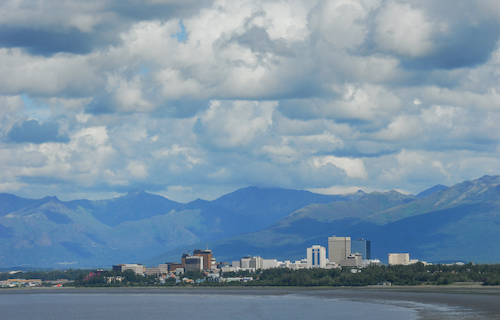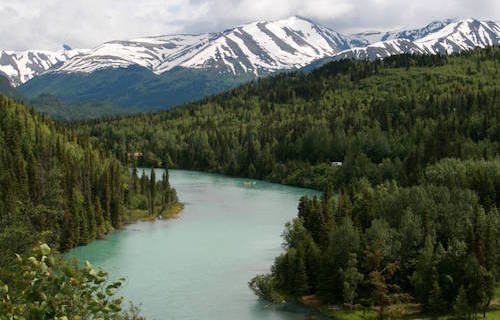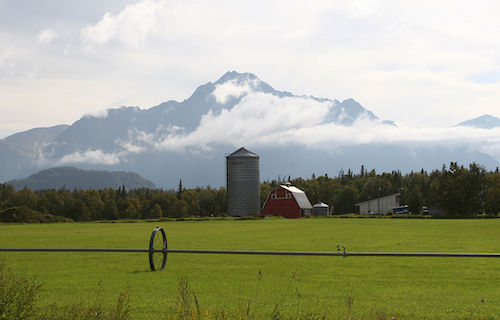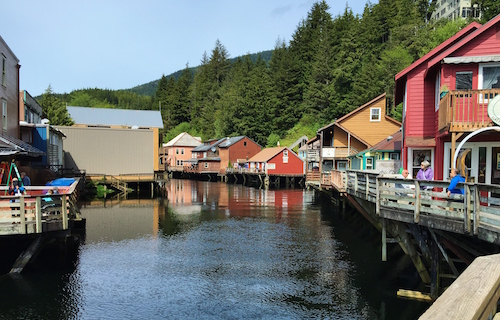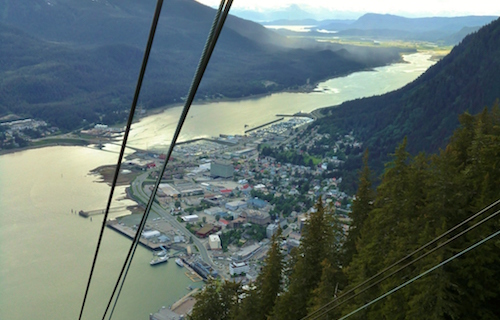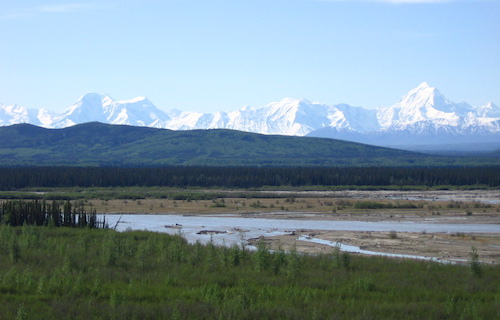SPEECH: Edison Electric Institute
Good morning, everyone. Thank you for taking time to be in Washington. This is an important meeting, and I’m honored to again be part of it.
Your engagement on public policy makes a difference. Although there are clear divisions among voters that are reflected in Congress, you are a credible voice on energy issues to nearly all of its members. In the “real world” you and your teams consistently meet difficult obligations. You generate and deliver electric service, you ensure that service is reliable and affordable – a major accomplishment to be sure.
Today I want to build on our earlier conversations. As you have heard me say before, energy is good. Another year has gone by, and I still believe it. Electricity – arguably the most flexible and deliverable form of energy – remains a marvel. It is the physical heartbeat of our 21st century standard of living.
Three years ago, I asked you to consider a better balance between energy and environmental policy. Two years ago, I brought you my Energy 20/20 blueprint – to enable our energy to be more abundant, affordable, clean, diverse, and secure. Last year, I took your questions about my white paper on electric reliability.
This year, I don’t have a report or a white paper – I have a gavel. So before turning to your questions, I want to tell you why I have focused the Energy Committee on broader energy legislation – and why I believe that electric issues should be a key part of it.
There are four topics that give context to our legislative efforts:
- The value of the electric grid;
- The need to improve the siting of electric and gas infrastructure;
- The balance between yet another major EPA rule and electric reliability and affordability; and, finally,
- The Senate’s return to “regular order” – or, as some describe it, “learning again to flex policymaking muscles that we haven’t used in a while.”
First, I’ll say a few words about process. In January, I announced that the Energy committee would develop a broader bill focused on supply, infrastructure, efficiency, and accountability. I understand my counterpart in the House, Chairman Upton, addressed you yesterday. He likely outlined for you, as he has for me, his intention to move legislation addressing similar priorities through his committee and the House this year.
We agree, as do many of our colleagues: our energy landscape has changed dramatically since 2007, the last time a broad energy bill passed the Senate. There is also serious pent-up demand among members to modernize our energy laws, after years of frustration even in offering amendments on the subject. So we are now working to see where, exactly, consensus lies – and how strong it is.
I am encouraged that my new Ranking Member, Senator Cantwell, has agreed to work with me. We have committed to a serious effort to build bipartisan support. We have talked to our colleagues. Our staff has met with dozens of groups and trades around town. Our next steps are to evaluate the ideas we have heard – and to determine which can be included in our base text.
From there we will conduct legislative hearings and markups. We will consider amendments. And while our bill may not be another Energy Policy Act of 2005, we are just as serious about seeing it become law.
We are also building a record. On Tuesday, we held a hearing to evaluate the state of technological innovation related to the electric grid. We heard from technologists such as Mike Howard of EPRI, representatives of two national labs, and one of your colleagues, Lisa Barton of AEP. The President of NARUC, Lisa Edgar of Florida, rounded out our discussion.
Our hearing confirmed three critical points. First, the grid is valuable under all scenarios. Second, technological advancement has been and likely will be impressive and effective, assuming substantial private investment. And third, we face many significant, complex challenges. These hurdles are surmountable, but two big questions persist: over what time period and at what cost?
Our hearing also reinforced the major conclusions of my 2014 white paper. For the electric grid, reliability and affordability must remain the core considerations – and competition between established and emerging technologies should occur based upon the merits of those technologies.
There are now reams of evidence that as the power system transitions to a greater reliance on natural gas, we need to update and expand both electric and gas transmission infrastructure. The siting challenges are formidable, especially across federal land. Assuring reasonable and prompt siting access is a major priority.
I’m all too aware that is has also become a nightmare. I hope all of you have heard of my struggle to site the King Cove road, a 10-mile, one-lane, non-commercial use, gravel road across a small part of a large wildlife refuge in Alaska.
The Department of the Interior rejected that small road about 15 months ago. We’ve seen 23 medevacs since then, but nothing from Secretary Jewell. And that brings up a question we never thought we’d have to answer: if the federal government reaches a point where it won’t site a road to save human lives, how much longer will it take to site transmission lines merely to power them?
I assure you that I continue to seek greater balance in federal law. When it comes to EPA’s new rules, a “reliability safety valve” is needed, but frankly, so is further reform. We should not make policy only to address emergencies; we must prevent emergencies in the first place. There are a number of ideas to address this subject. Evaluating them and finding consensus that goes beyond the lowest common denominator is not only in your interest, it would be a service to the nation.
Finally, if you followed the progress of the first energy measure this year, our bipartisan bill to approve the Keystone XL pipeline, you saw that there is hope. It’s true the bill was vetoed, but you saw that the Senate can deliberate, it can debate, and it can also consider and resolve scores of amendments while working its will.
We call such a process “regular order.” It asks more of all of us, Senators and citizens alike, than the tightly-controlled, top-down approach that governed the Senate over the last eight years.
I’ve challenged myself and my staff to take our legislative efforts up several notches. I encourage you to ask the same of your people, especially those who are working in Washington on a regular basis. As the old movie title had it, it is time to go “back to the future.”
If we want to make good on the opportunity we have to develop a more modern energy policy, there is a lot of work ahead. Just as you don’t “phone in” electric reliability, I urge you to challenge yourselves and your companies to work together to ensure that your perspectives are heard here in D.C.:
- Engage your people and resources to provide your best ideas and the facts to persuade others that your solutions will work;
- Spread the word with your key constituencies and the public;
- Collaborate as you would with any customer or business ally and treat policymakers as you want to be treated; and
- Help us develop and line up bipartisan support for an energy bill that keeps electricity reliable and affordable, even as it becomes increasingly clean and diverse.
Following regular order is not easy, but it is certainly more fun, more productive, and more rewarding. Thank you again, and I look forward to your questions.

